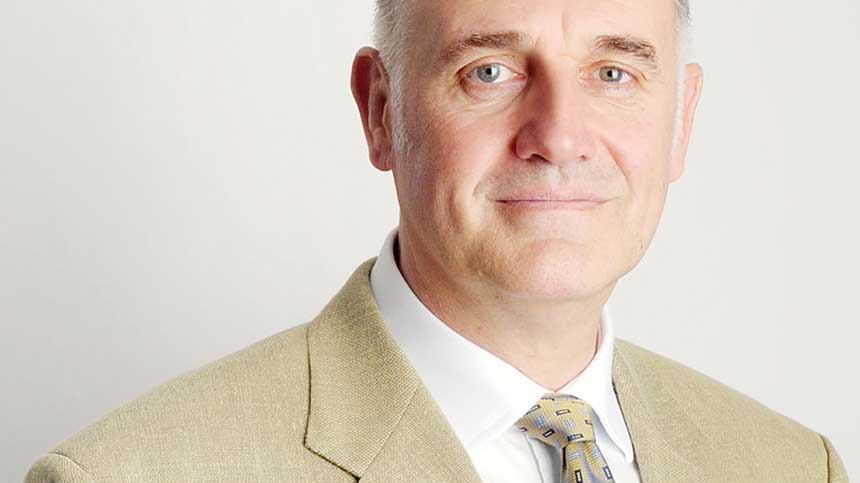Car thefts near 100,000 in a year

A Freedom of Information request to The Driver and Vehicle Licensing Agency (DVLA) by Claims Management & Adjusting (CMA) has revealed the total number of vehicle thefts in the UK last year and identified the nation’s worst car crime hotspots.
According to the DVLA, constabularies across the UK recorded 98,730 vehicle thefts in 2022. That means a vehicle is stolen somewhere in the UK about every five minutes, at a national average rate of 146.63 per 100,000 population.
London topped the charts with 26,117 stolen vehicles, followed by the West Midlands (12,223), Greater Manchester (7,453), and West Yorkshire (4,621).
Philip Swift, a former detective and now managing director of CMA, said: “The figures we obtained from the DVLA under the Freedom of Information Act (FOIA) provide intriguing insights into the scale and pattern of the UK’s vehicle crime problem.
“The first thing to say is that the headline number is high. While not back to the ‘joyriding’ epidemic of the 1990s, a hundred thousand vehicles taken in a single year is a lot. When you consider that a high percentage of these will be expensive cars targeted by organised criminal gangs – vehicles that will very likely never be seen again – the pound note cost to insurers runs to billions, bringing pressure to increase premiums.
“The second thing to say is this isn’t just a numbers game. While it’s no coincidence that the top four areas include some of the UK’s largest cities – London, Birmingham in the West Midlands, Manchester and Leeds in West Yorkshire – there are other factors at play. For instance, Strathclyde, which covers Glasgow, and Merseyside, which covers Liverpool, see proportionally very low levels of car crime. Conversely, some relatively low population areas suffer terribly. Why did Essex report the fifth highest number of vehicle thefts – six times as many as Merseyside last year? My personal view is that some constabularies appear to take car crime more seriously than others – they have better strategies and put in more effort.”








